No products in the cart.
Kiyohime Spreading Japanese Maple – 1 Gallon Pot
$79.97 Original price was: $79.97.$55.98Current price is: $55.98.
SKU: D2LSC 1142464637 Categories: JAPANESE MAPLE TREES, PLANTS & TREES
- The quality you expect, the service you deserve.
- Where quality meets convenience.
- Shop with Zero Worries
- Service with a smile, always online.

Kiyohime Japanese Maple
Acer palmatum ‘Kiyohime’
Plant Details
USDA Plant Hardiness Zones: 6a-9b (5?) Find Your Zone
Height at Maturity: 2-3′
Width at Maturity: 6-7′
Growth Habit / Form: Spreading Mound
Growth Rate: Moderate
Foliage Color in Spring: Light Green with Red to Red-Purple border
Foliage Color in Summer: Medium Green
Foliage Color in Fall: Orange and Red shades
Light Needs: Full Sun or Mostly Sun, Morning Sun with Dappled or Afternoon Shade, All Day Filtered Sun, Morning Shade with Evening Sun
Water Needs: Average, moderately drought tolerant when established
Soil Type: Clay (Amend heavy clay soil to ensure good drainage), Loam, Sandy, Silt
Drainage: Moist But Well Drained – Well drained soil is a must!
Soil pH: 5.0 – 7.0 is ideal
Maintenance: Low
Resistances: Deer, Heat Tolerant, Insect Resistant, Sun Tolerant, Disease
Description
Exceptionally unique in both color and form, ‘Kiyohime’ Japanese Maple is a rare and desirable spreading and cascading cultivar that might reach 2 to 3 feet tall and 6 to 7 feet wide when all grown up. It responds very well to pruning for shaping purposes and to control size, even for bonsai. In spring, new leaves emerge a bright light green to light golden-chartreuse with every lobe bordered in vivid red to red-purple. The leaves turn to a handsome green in summer and then to vibrant shades or orange and red with the arrival of cooler temperatures in fall. When growing in a pot, or above a wall, the branches will gracefully cascade over the edge. A charming Japanese maple that is sure to be a conversation piece in the garden or in containers situated on patios, terraces decks or around other outdoor living spaces.
Landscape & Garden Uses
To showcase its magnificence and beauty, the Kiyohime Japanese Maple is best used in the landscape as a focal point specimen to draw attention to a specific area of the home or landscape. That said, you can plant it in groupings of three where space allows. Being a low spreading form it is nice at the edge of a garden pond where its branches will reach out over the water. One Japanese Maple can make a landscape…that is if you don’t overcrowd it with other trees and plants. Therefore, when selecting companions to plant under or around your Japanese Maple, make sure to select low-growing, ground-hugging groundcover plants that won’t interfere at all with your tree.
Spacing: At least 8 feet apart for space between trees
Growing Preferences
Though delicate looking, Japanese Maples are actually very tough and long-lived trees. They are very easy to grow in the ground or in in containers, a practice taken to its most extreme form in the art of bonsai.
In their natural habitat, Japanese Maples are understory trees, growing in dappled forest sunlight at the edges of woodlands. Ideally they prefer to be grown in similar conditions. That said, you can find a complete listing of our sun-tolerant Japanese Maple varieties here, of which Kiyohime is one.
Most any average garden soil will grow Japanese Maples. They prefer a moist but well-drained soil rich in organic matter. As with so many other ornamental plants and trees, constantly soggy or wet soil can be problematic. So make sure to plant your Japanese Maple in a well-drained site.
Helpful Articles
Click on a link below to find helpful advice from our experts on how to plant and care for Japanese Maple trees.
How To Plant A Japanese Maple Tree In The Ground
How to Plant A Japanese Maple Tree In A Pot
How To Fertilize And Water A Japanese Maple Tree
How To Prune A Japanese Maple
Plant Long & Prosper!
Meet The Wilson Brothers & Staff
Questions? Contact Us!
Be the first to review “Kiyohime Spreading Japanese Maple – 1 Gallon Pot” Cancel reply
Related products
Sale!
FRUIT TREES & PLANTS
Sale!
Sale!
Sale!
GROUNDCOVER PLANTS
Sale!
Sale!
GROUNDCOVER PLANTS
Sale!
PLANTS & TREES
Sale!
PLANTS & TREES









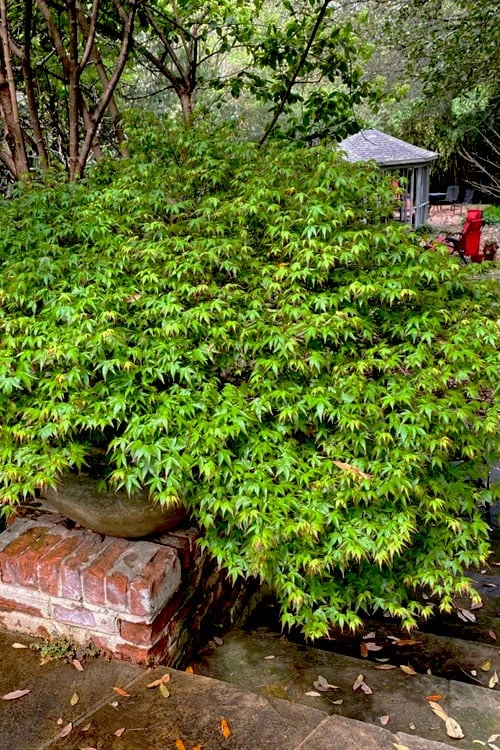
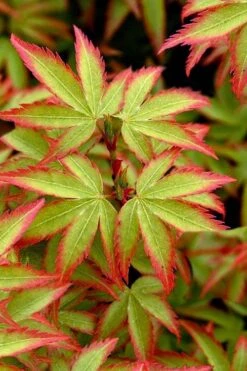
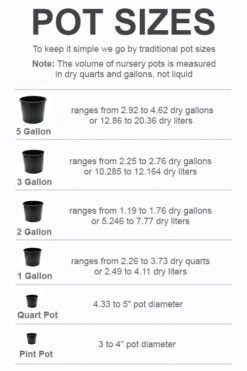








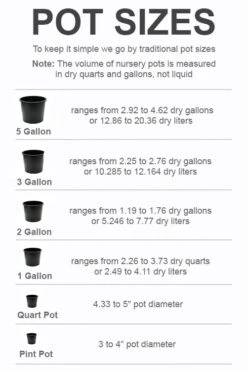

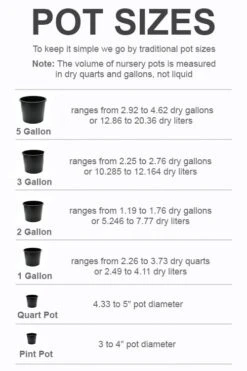



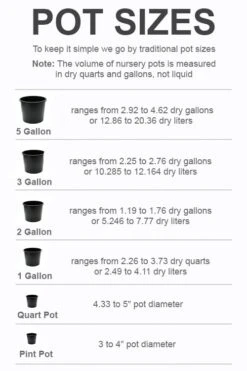
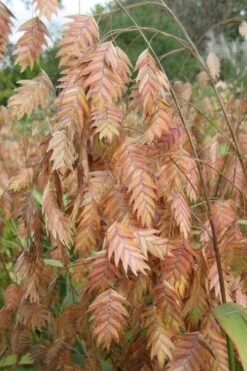

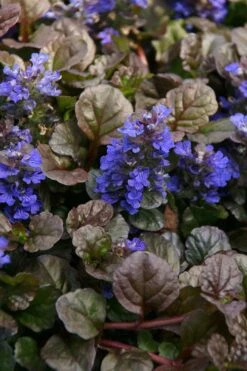
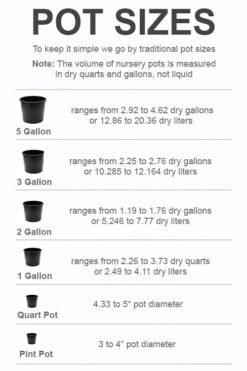

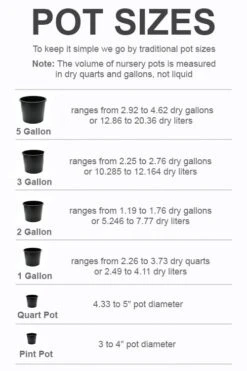
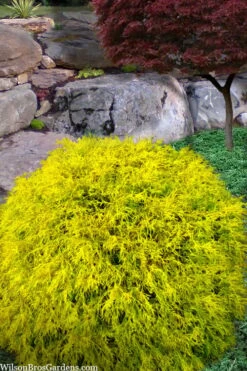
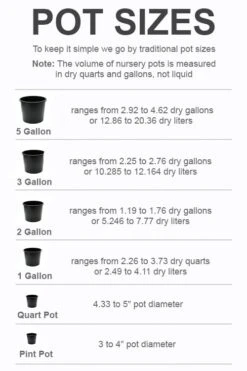
Reviews
There are no reviews yet.